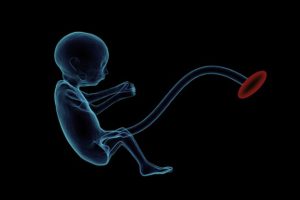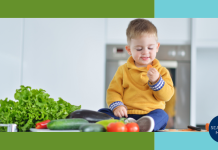As was the case with many issues I didn’t give a second thought to before becoming a mother myself, eating my own placenta was something I was pretty sure I would never do.
I remember Alicia Silverstone touting her “happy pills” and the Kardashians sharing placenta smoothie recipes. Both accounts left me cringing and I dismissed it as another ‘”celebrity fad”, a service only offered to the rich and pretentious.
But when I became pregnant with my second child, there were a lot of things I wanted to do differently. My first son was delivered via an unplanned and highly undesired c section. Hiring a doula is at the top of every list describing how to succeed at a VBAC.
I met Amy Peterson (Hound Hill Doula) during my first pregnancy at various events hosted by the Great Bay Doulas. I was always drawn to her nurturing vibe and calm, reassuring demeanor. So when I got pregnant again, I knew Amy was the one I wanted to be at my side when he made his appearance.

Besides birth and postpartum doula support, Peterson also offers placenta encapsulation. She’s prepared over 100 placentas by boiling, dehydrating, and grinding them into a powder before transferring them to pill form. The number of pills depends on the size of the placenta. Peterson has bottled supplies ranging from 85 to 230 pills with an average of 120.
Already grappling with anxiety facing my future reality of taking care of a newborn with a toddler in tow, I couldn’t resist the idea of owning my own supply of natural “happy pills”.
So I learned about the benefits of eating your placenta and how it can drastically improve the fragile and turbulent period after delivery. I got past the “yuck” factor and embraced the idea of participating in a practice held commonplace since the beginning of time.
The placenta contains many healing elements including:
- Gonadatropins: the hormones estrogen, progesterone and testosterone.
- Prolactin: promotes lactation.
- Prostaglandin: stimulates involution of the uterus.
- Oxytocin: decreases pain and increases bonding in mother and infant.
- Thyroid Stimulating Hormone: boosts energy and helps with recovery from stressful events.
- Cortisone: combats stress and unlocks energy stores.
- Interferon: stimulates the immune system to protect against infections.
- Prostaglandins: anti-inflammatory.
- Iron: replenishes iron deficiency and anemia, a common postpartum condition.
- Urokinase inhibiting factor and factor XIII: reduces bleeding and enhances wound healing.
- Gammaglobulin: immune booster that helps protect against postpartum infections.
(from www.houndhilldoula.com)

After nearly 36 hours of labor, very little dilation, followed by concerning fetal heart rates, I was back in the OR waiting for my second son to arrive behind the big blue sheet. (Shout out to Exeter Hospital for “allowing” attempted VBAC and to my surgeon Dr. Caron for permitting Amy to remain in the room so she could still be there at delivery).
Amy returned to the hospital within 24 hours after my delivery with a pretty little gift bag containing my pills. I started them right away and continued daily until they ran out.
My Personal Experience: Postpartum #1 vs. #2
Smoother Recovery:
I was concerned about my recovery from a second major surgery within two years, especially with a busy toddler at home this time around.
To my surprise, I actually bounced back faster. Bleeding slowed down after only a few days versus months after my first surgery and I suffered much less pain overall.
Better Milk Supply:
This was a biggie. I faced early supplementation and low supply struggles with my first. This time around my supply started off strong and remained consistent.
Improved Mood Stability:
There is no specific dosage so I took them as if they were actually “happy pills”. Upon returning home from the hospital, the exhaustion and baby blues crept in promptly at about 4:00 every afternoon. So I’d slug down a couple of pills with a jug of water and take some time to rest.
I was more energized, calm, and generally more cheerful.
Of course many factors impact postpartum recovery. But after experiencing the distinct improvements in the areas that mattered to me the most, I’m a believer!
Yucky or Yummy? Would you or have your considered consuming your placenta?
Why are so many practices that have taken place for centuries now taboo in modern society?











I would have most definitely done it if it were an option when I had my kids. I am a firm believer of the “old” ways.
Comments are closed.